Comics journalism
As a photographer and videographer, I’ve always been drawn to graphic novels and comics as a form of visual storytelling. They work off many of the same elements of visual language — metaphors, sequence, use of color, line, form — yet illustration is a uniquely powerful tool in storytelling, especially in the recreation of personal narratives or explainer journalism. In 2017, I worked on one of NPR’s first pieces of comics journalism (The Scientist Who Escaped Aleppo) and since then, I’ve been an editor/art director on more than a dozen graphic narratives, from deeply reported issues to science explainers to first-person stories of health workers during the pandemic.
Here are a few of those comics.
The surprising science of how pregnancy begins (2023)
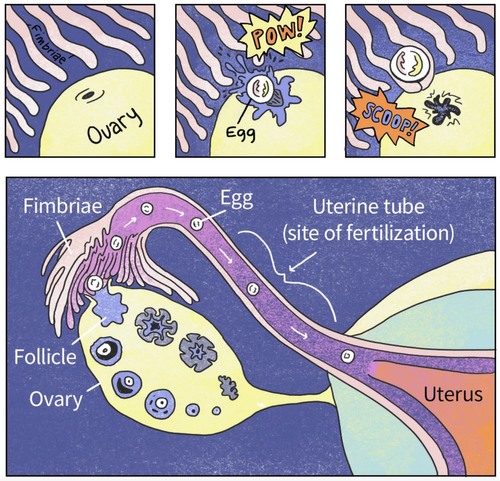
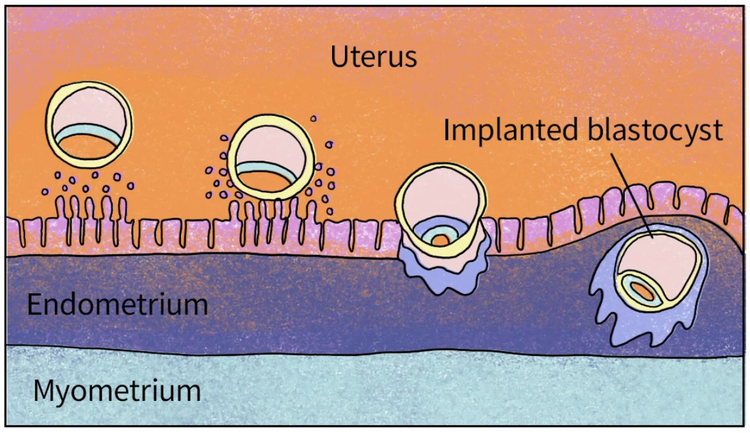
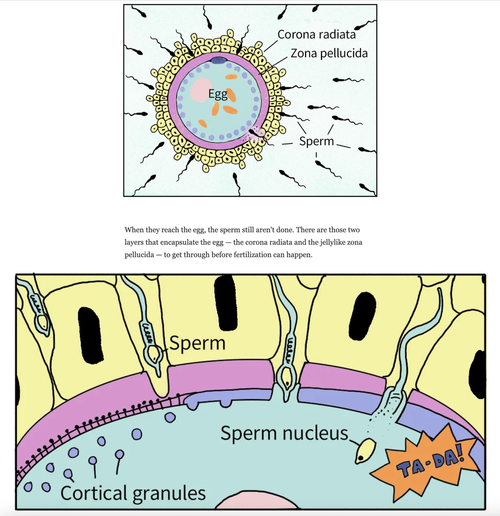
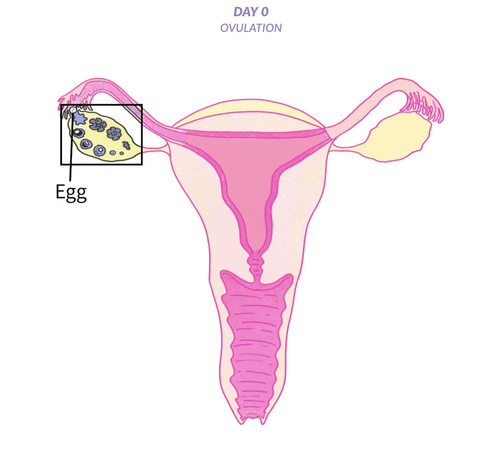
In a post-Roe v. Wade country, state legislatures and courts are deciding on when exactly a person becomes pregnant. However, the fundamental science behind conception is clear — pregnancy is not a precise moment. It’s a process. And it often ends before it even begins.
I worked on this piece with NPR reporter Selena Simmons-Duffin, visual journalist LA Johnson and digital editor Deborah Franklin.
You’re Wearing It Wrong: A Face Mask Refresher (2020)
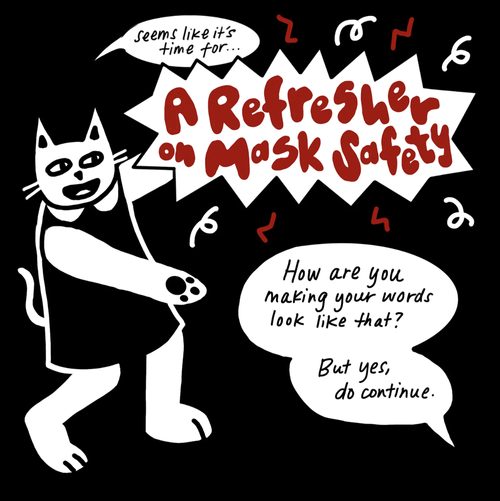
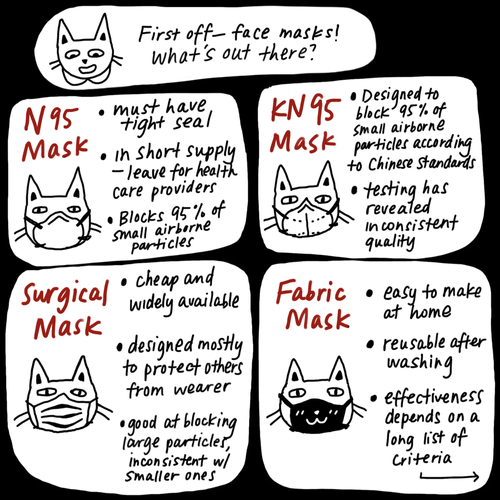
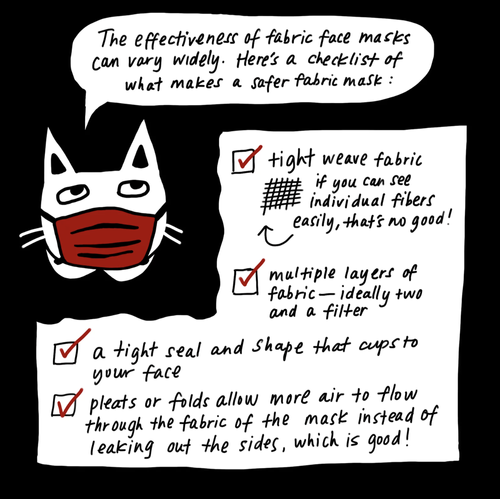
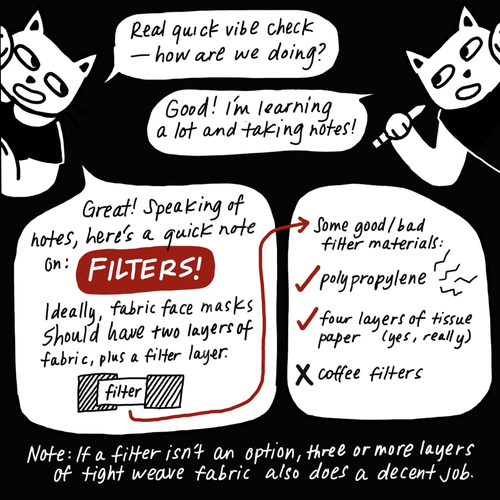
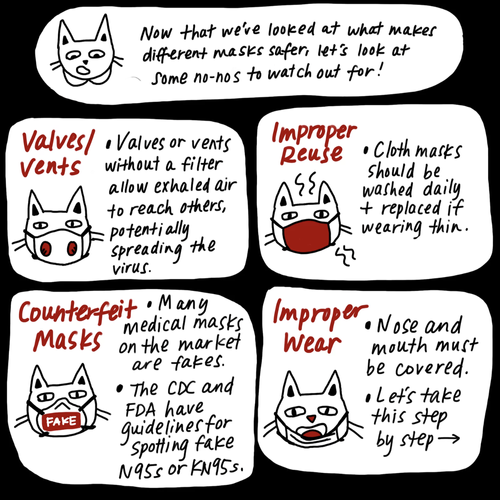
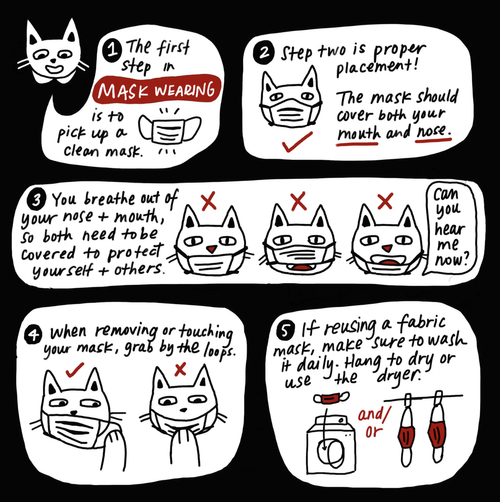
Working on the science desk during the pandemic was challenging. Science in real-time often changed public health guidance. However, masking was one topic that continually came up. How to wear them? How to wash or store them? Best masks to filter particulates?
NPR graphics journalist Connie Hanzhang Jin pitched a comic on masking as a way to revisit the kinds of masks out there and best ways to wear them. I worked with them to edit the storytelling and hone the format for Instagram audiences.
View the full comic on npr.org here and the Instagram version here.
The Scientist Who Escaped Aleppo (2017)
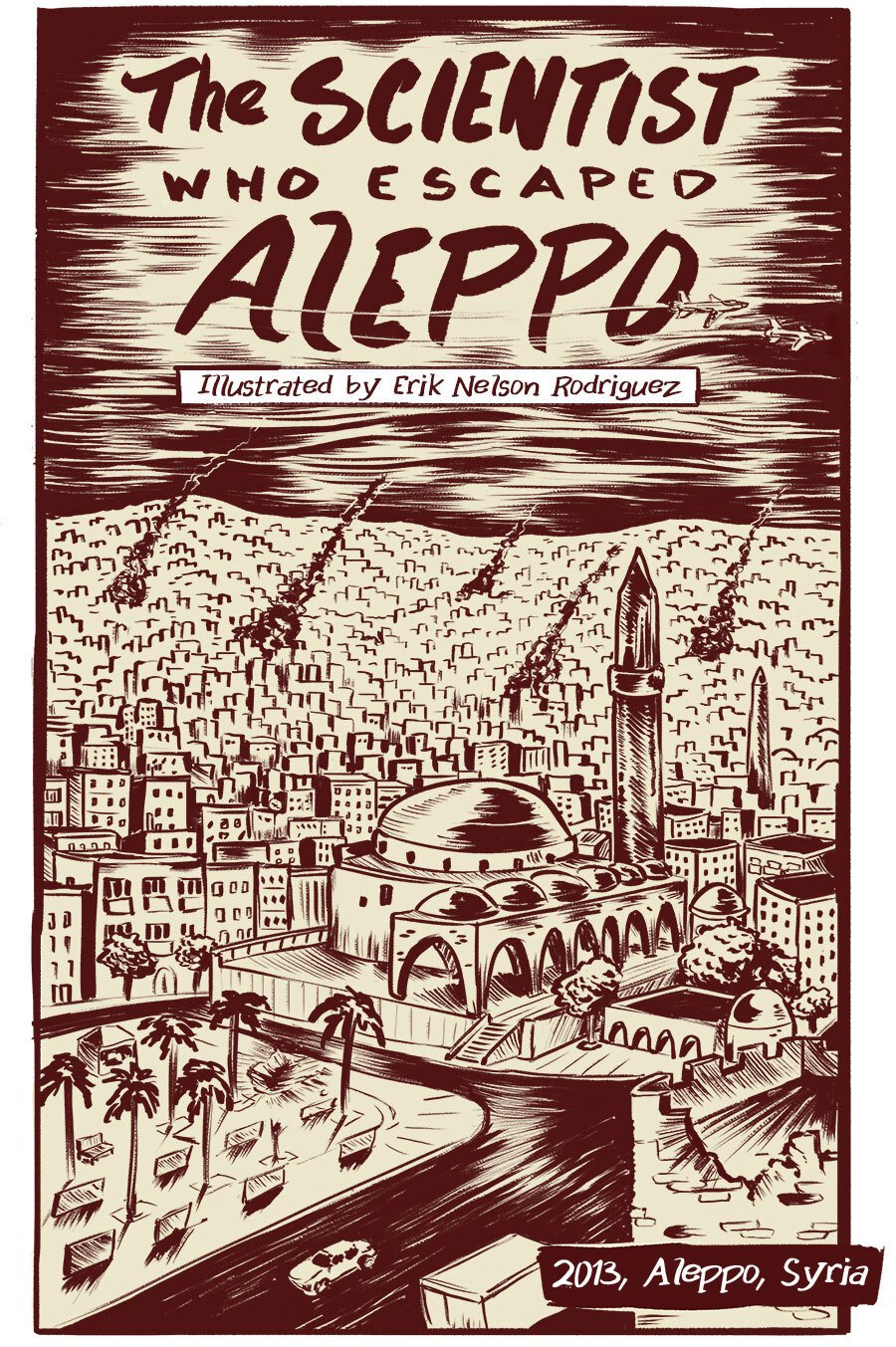


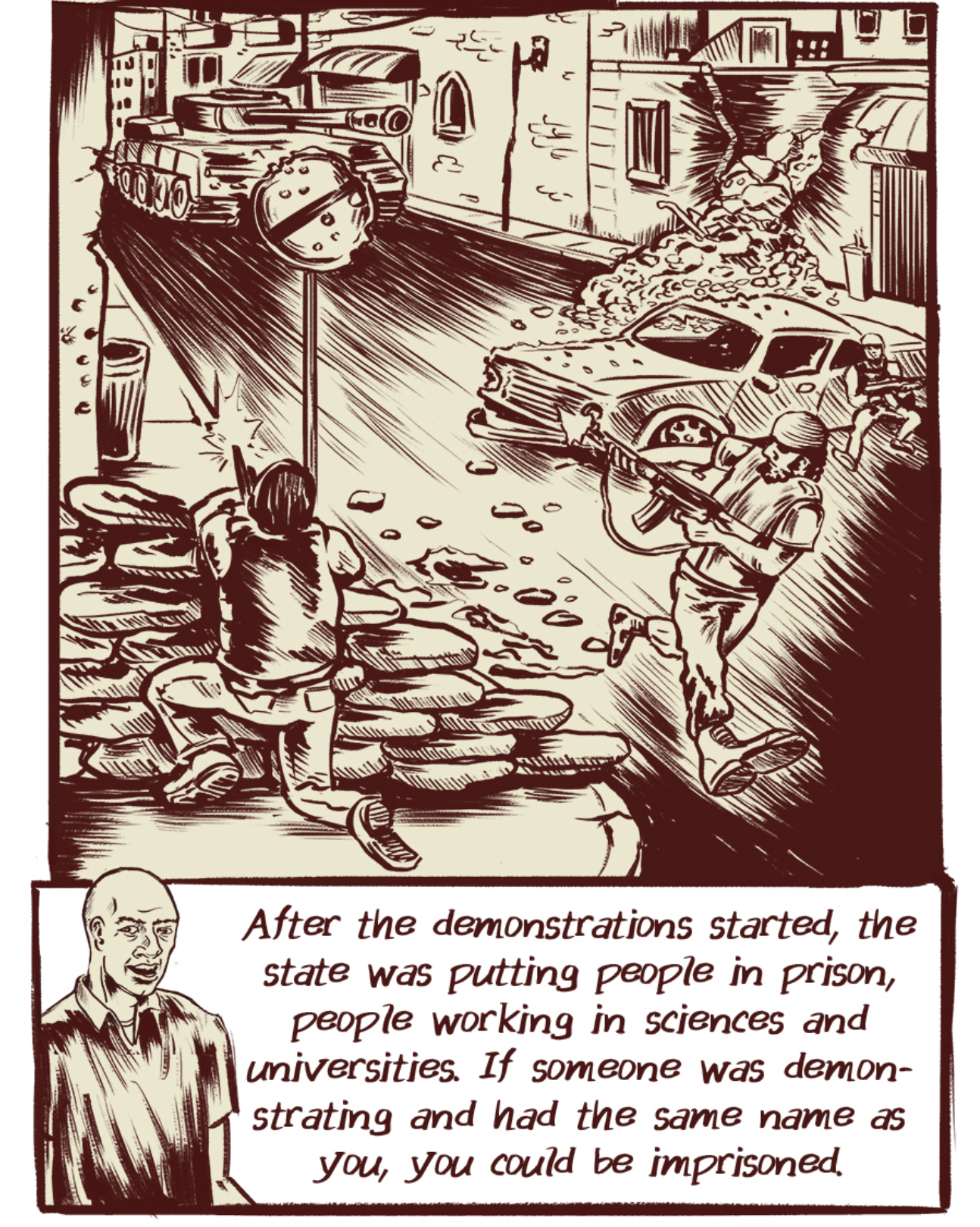
Two NPR reporters returned from an assignment in Germany with an incredible story of a scientist who had fled Aleppo in 2013 during the Syrian refugee crisis and ended up in Germany where he was able to stay as a researcher and ultimately reunite with his family. The story was heartbreaking, emotional, and illustrated the terrifying journey refugees take to find safety. The graphic narrative format allowed us to take readers into his experiences as they happened. Comic journalist Erik Nelson Rodriguez beautifully drew the piece based off Nedal’s own words as well as photographs.
After it published, the comic caught the attention of curators at the Library of Congress who chose to archive it within their collections.
View the full comic here.